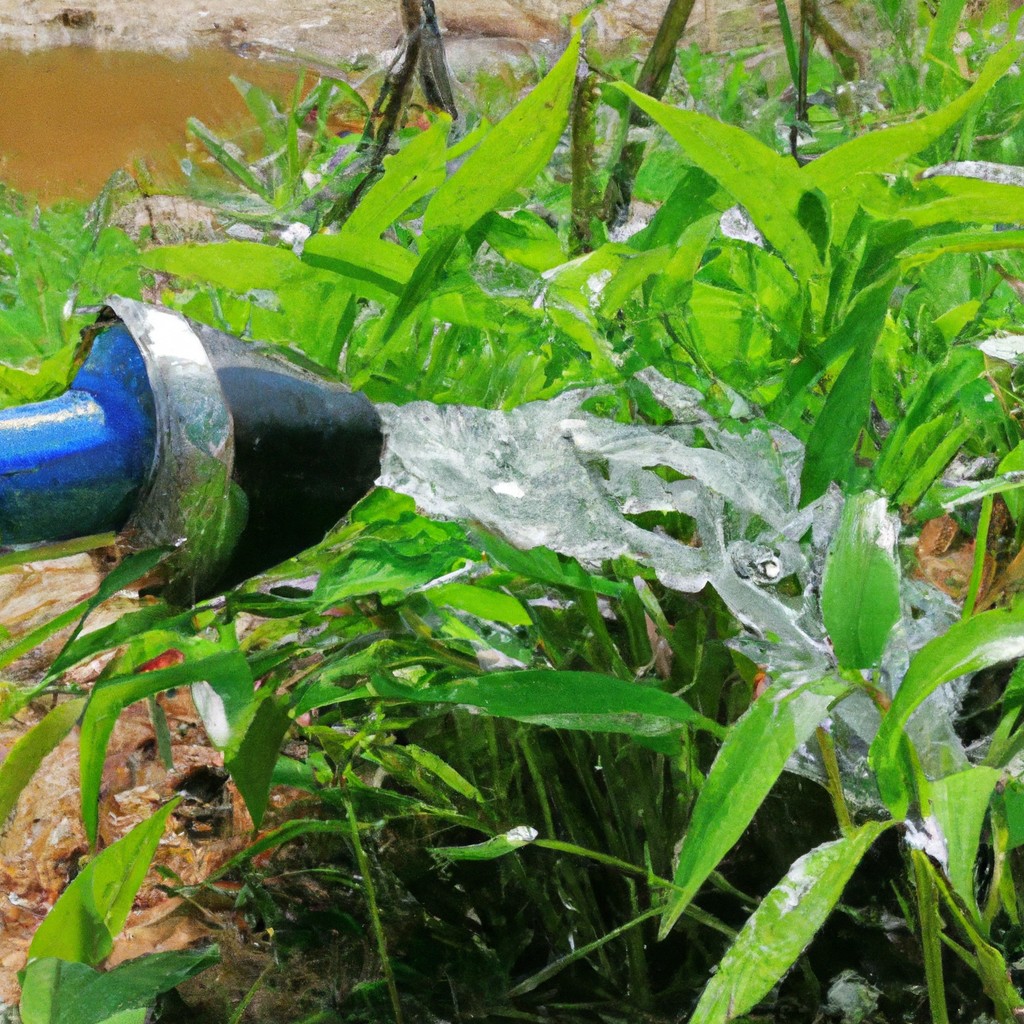Learn about water crops and how they can revolutionize sustainable farming by taming our thirstiest fields.
Look Inside:
What Crops Use the Most Water?

Thirsty plants? Some crops guzzle more water than a camel at a desert oasis. Rice is a notorious water-lover; creating those picturesque paddies is like hosting a never-ending pool party. Cotton, while helping us stay stylish, enjoys a good soak too, taking up a sizable share of our liquid gold.
Then you’ve got almonds, the divas of the nut family. Growing just one pound can require over a thousand gallons of water. Lettuce join the list with leafy greens that aren’t shy about their water appetite, especially in warm climates.
Crops like soybeans and corn are more temperate with their water needs but can still drink up quite a bit, depending on the region. Remember, the water consumption of each crop doesn’t just depend on its inherent thirst but also the local climate, soil type, and farming techniques.
The Role of Ag Technology in Promoting Sustainable Water Use
In the world of farming, technology isn’t just about gadgetry; it’s a superhero for water conservation. Imagine sensors as little water detectives scattered across fields, sniffing out moisture levels faster than a dog finds a hidden bone. These sneaky sensors help farmers know exactly when their plants are desperate for a drink and when they’re just being dramatic.
Drones, the buzzards of the agricultural skies, provide an aerial perspective, spotting water mismanagement from above. They can even deliver a refreshing spritz to crops, making it rain like there’s no tomorrow, in all the right places.
Precision irrigation systems act like a tailor for plants, delivering H2O in bespoke amounts. They work tirelessly, ensuring no drop is left behind—turning every farm into a water-saving ninja warrior.
Lastly, data analytics lets farmers channel their inner computer nerd. With deep insights into weather patterns and soil health, they arm themselves like agricultural Sherlocks, ready to decipher Mother Nature’s greatest mysteries. This duo of data and determination ensures that water use is more spot-on than a GPS on a road trip.
Building a More Sustainable Future: Optimizing Agriculture’s Water Usage
To achieve a more sustainable agricultural future, optimizing water usage is crucial. Here’s how we can irrigate smarter, not harder:
First off, enter the realm of drip irrigation. It’s like a VIP tour for plants—delivering the right amount of water directly to the roots. Less waste, more growth. Sprinkler systems could learn a thing or two!
Next, think about timing. Watering schedules should be as fashionable as they are functional. Early mornings and late afternoons minimize evaporation, keeping the soil (and the plants) happier.
Plant choice matters too. Drought-resistant crops are the unsung heroes, thriving with less water. Selecting these champions saves resources and maintains yield.
Lastly, cover crops are like nature’s sunscreen. They protect the soil, reducing evaporation and enhancing moisture retention. Plus, they’re cheap labor for weed control.
By implementing these strategies, we’re on a promising path to conserve water while keeping food production robust.
Influence of Crop Type On the Seasonal Crop Water Needs
Water requirements for crops can vary wildly depending on their type and the growing season. Imagine each crop as a quirky character with its own quirks and thirst levels. For instance, rice is the marathon runner of crops, needing to hydrate its roots with a generous soak. Meanwhile, drought-tolerant sorghum is more like a cactus in your backyard—a sip here and there will do just fine.
The season plays its part too. During sweltering summers, crops drink like they’re at a never-ending pool party. As the temperatures drop, they prefer to lounge in the shade, sipping occasionally. Leafy greens, those divas of the plant world, demand moderate attention, while root crops are more like introverts—they need their space but appreciate a steady supply.
Different crop types not only have different hydration quirks but also adapt to changes in water availability, affecting their overall productivity. Understanding these differences helps farmers quench the thirst of their crops efficiently, saving water and creating a harmonious farming ecosystem.
Determination of Crop Water Needs
To figure out how much water crops need, you need to be part detective, part meteorologist. First up, assessing the climate. Is it as dry as a desert or as moist as a pool party for ducks? Weather conditions dictate water requirements.
Next, consider soil type. Sandy soils leak like a sieve, while clay holds on like a kid with a favorite toy. Of course, crop type matters. Rice wants more water than a cactus, unless you’re growing desert lilies. Sneaky plants.
And, don’t forget about growth stages. Seedlings are thirsty little things, unlike mature plants which can be a bit more chill. Measure evapotranspiration—fancy talk for the sum of water evaporating and what plants transpire.
Finally, using tools like soil moisture sensors or even good old-fashioned observation is crucial. Technology and intuition working hand-in-hand, like Batman and Robin, but for crops.